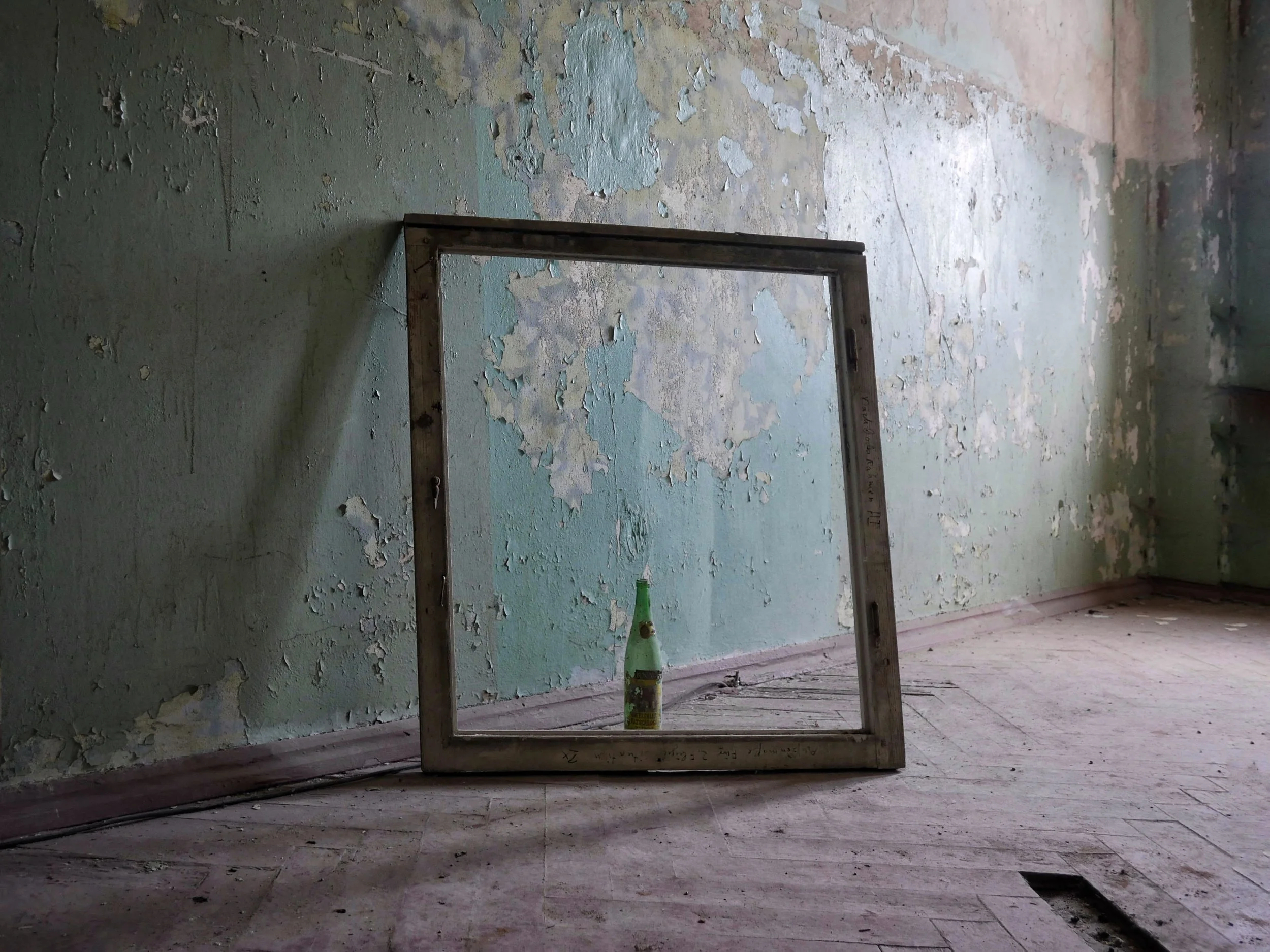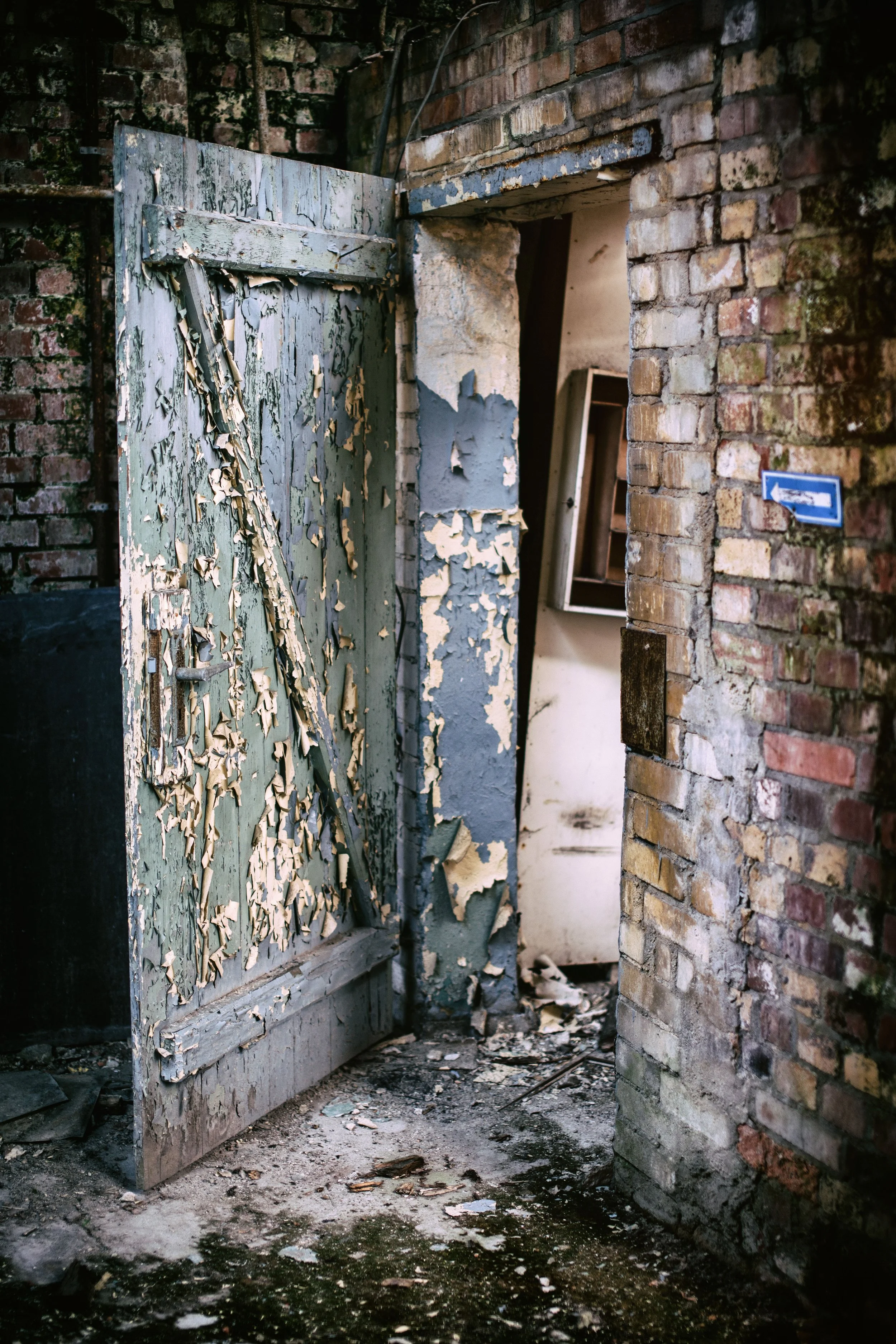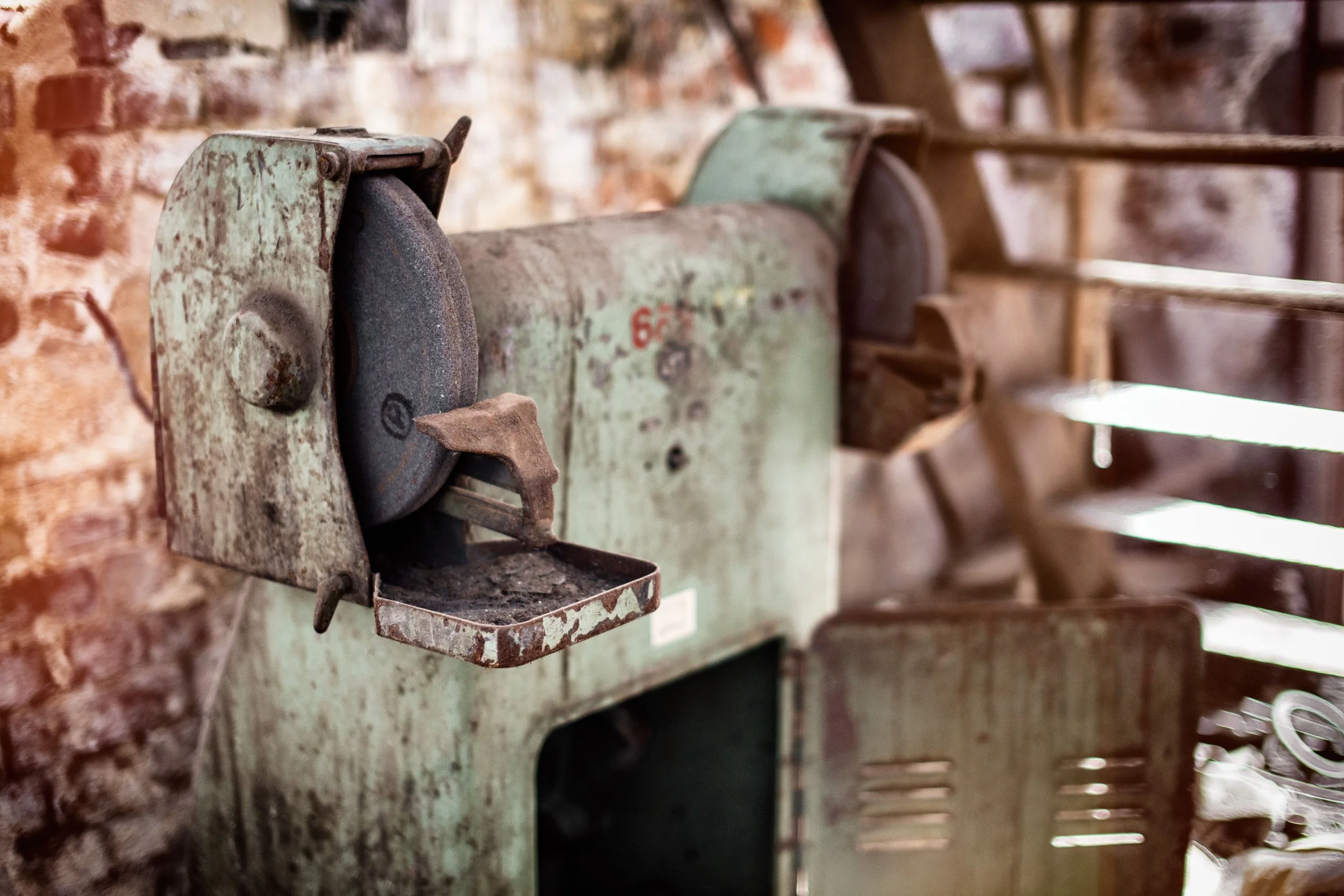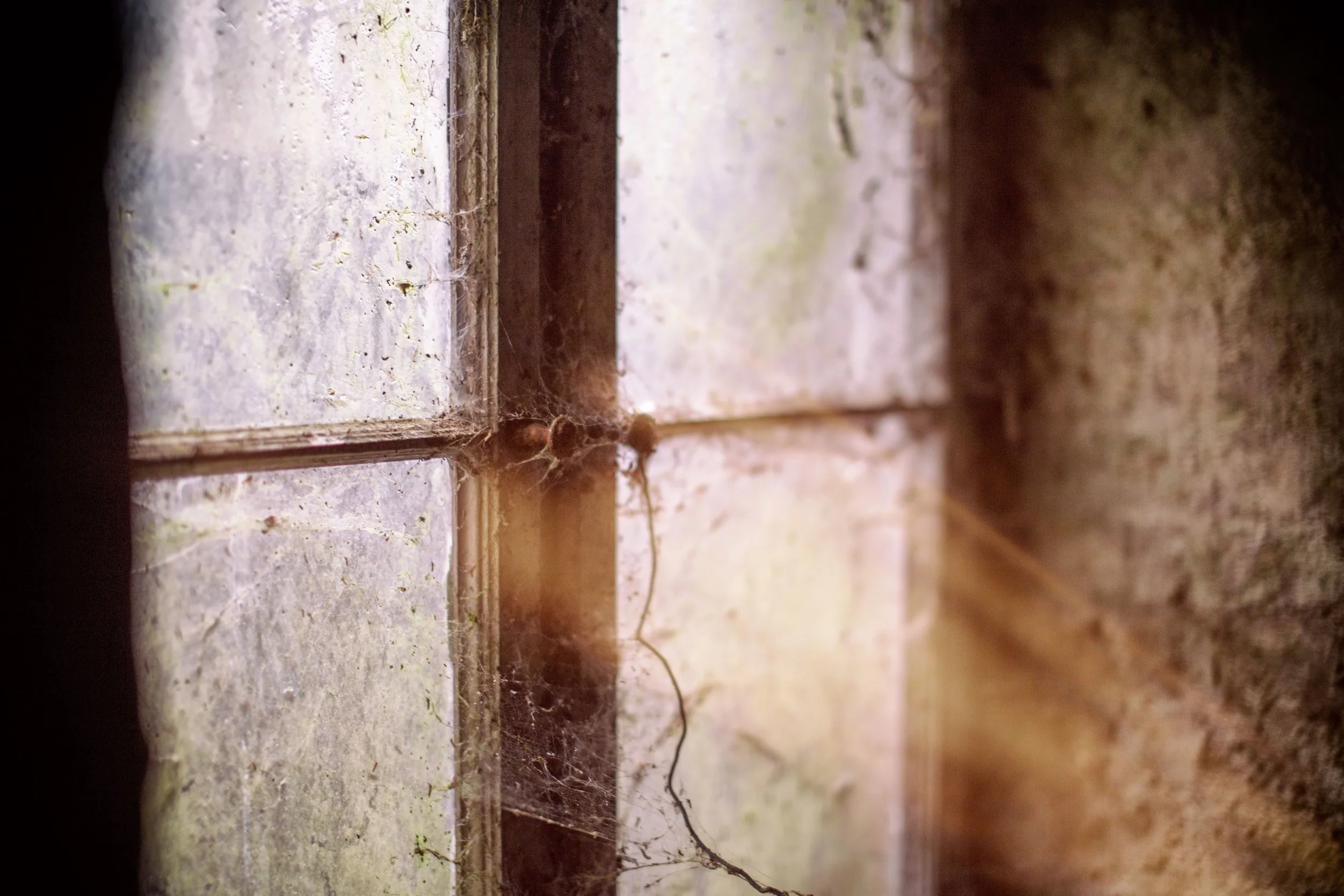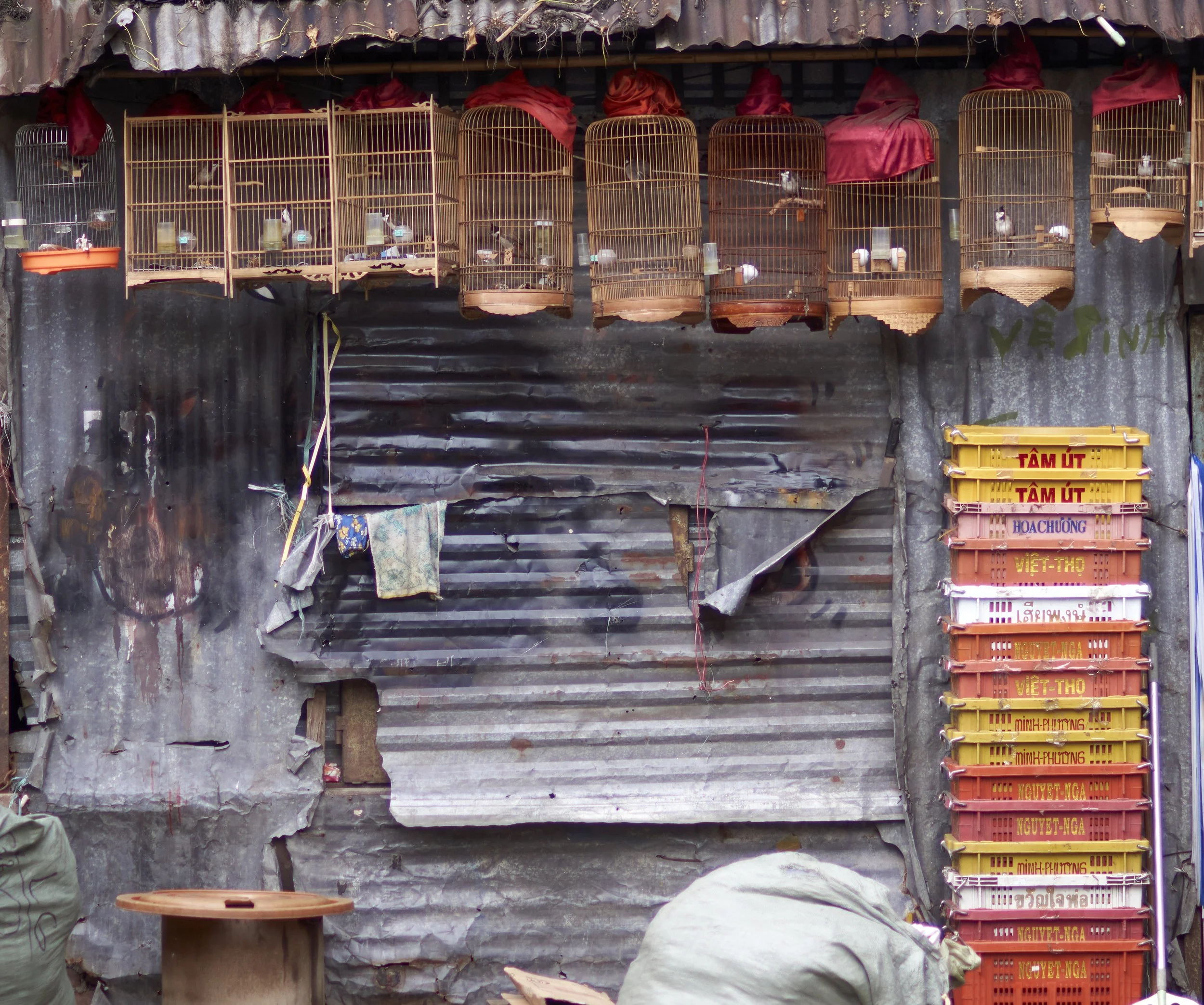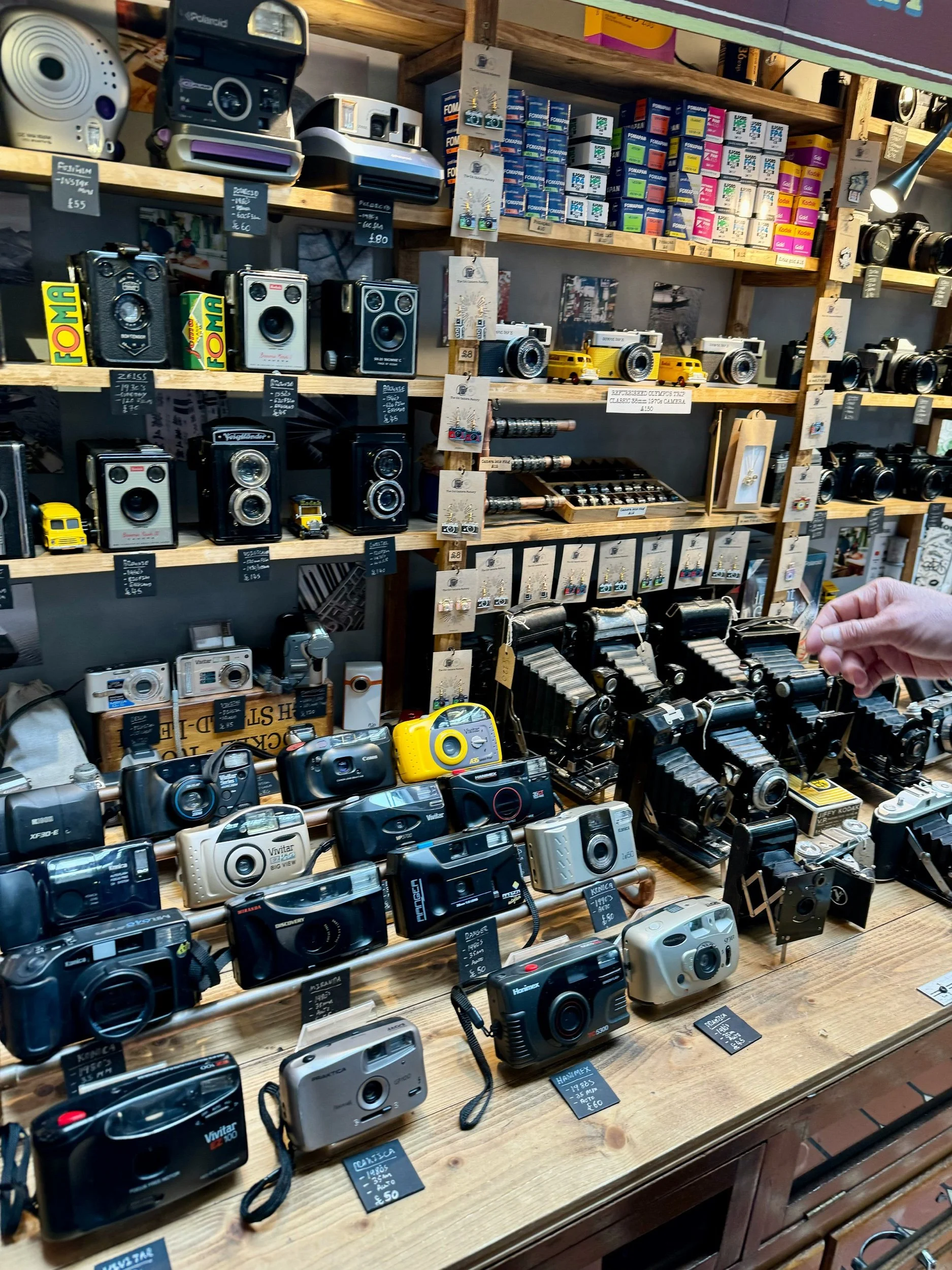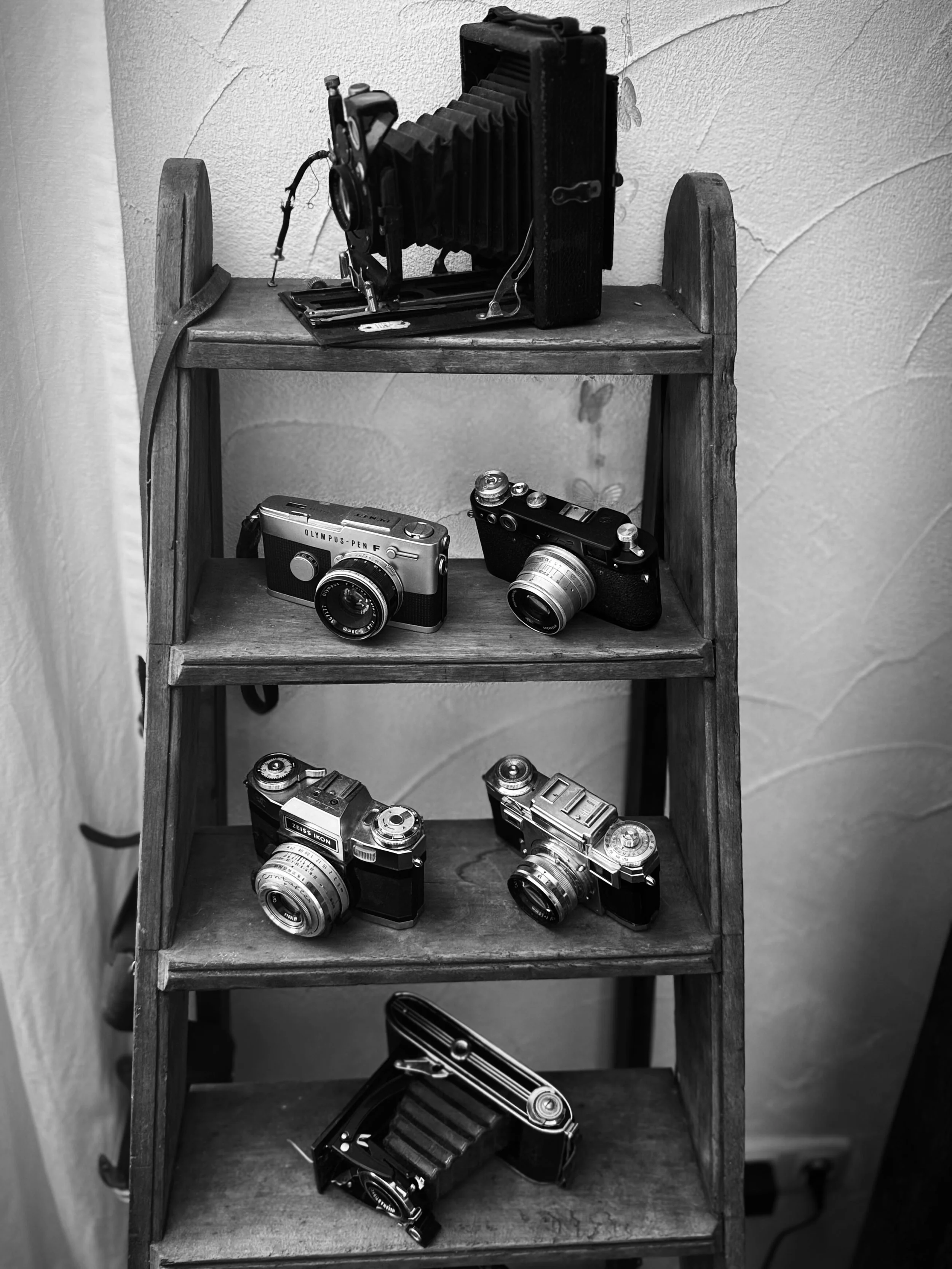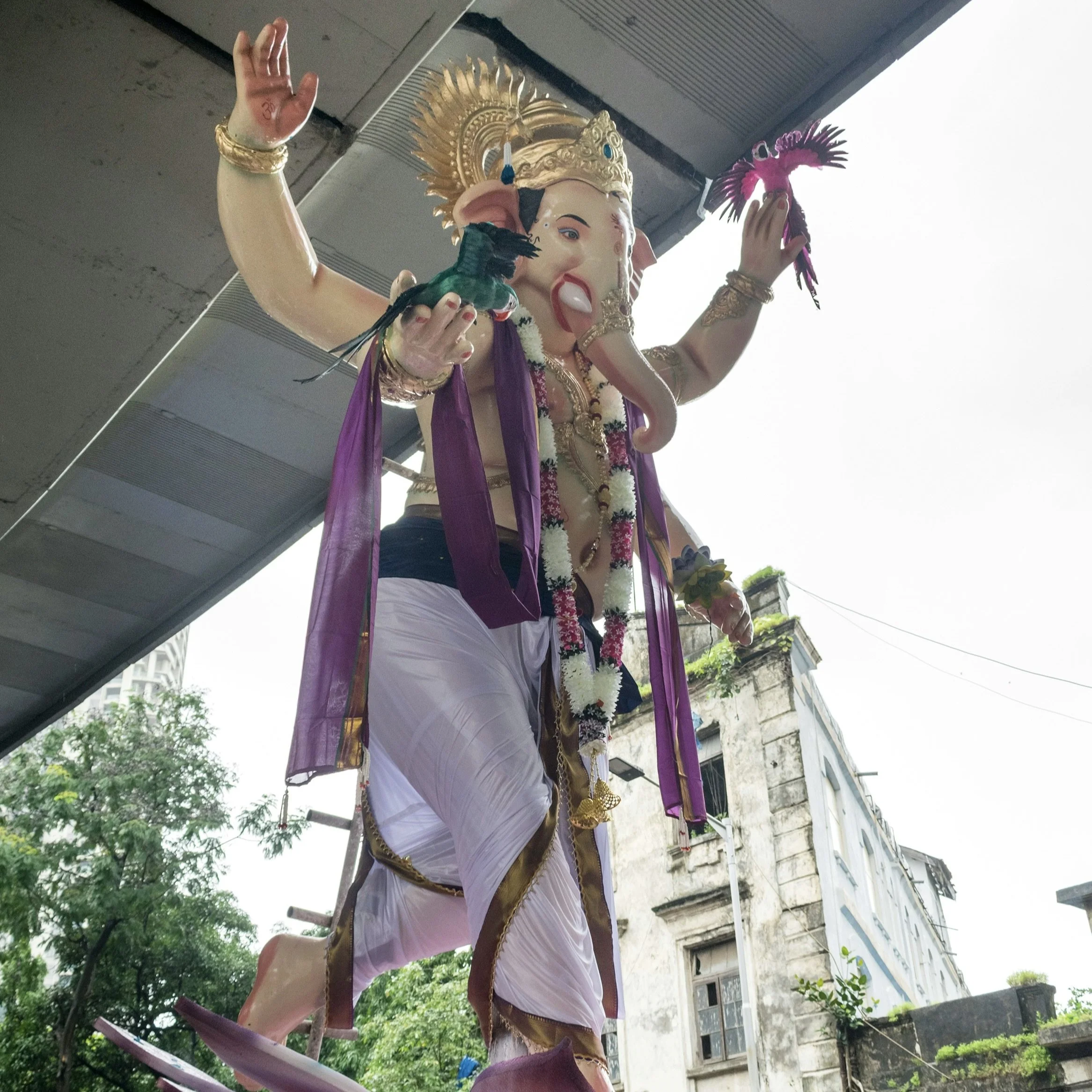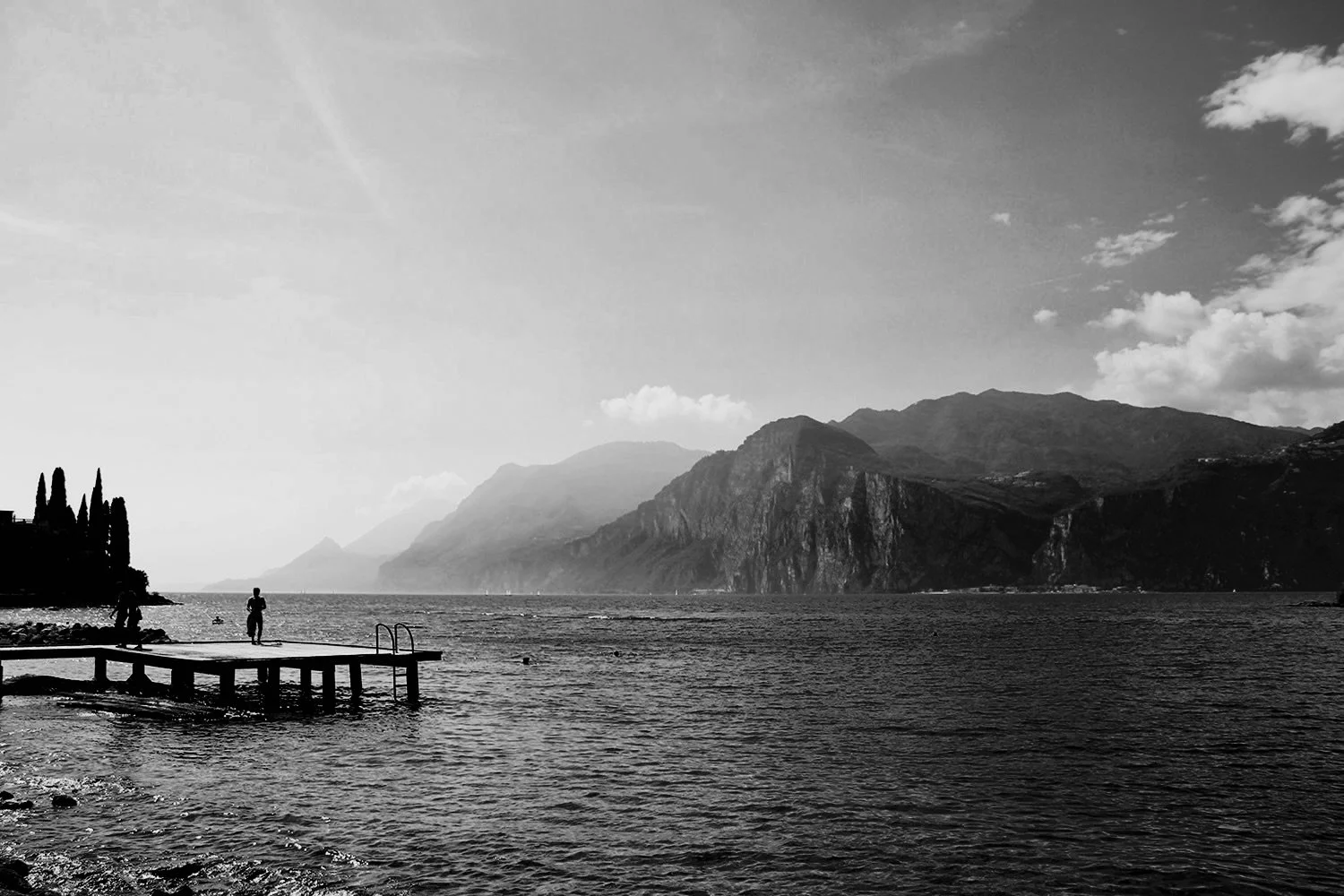The Revival of Analogue Photography as Cultural Heritage in Germany
Date: October 26, 2023
Subject: An analysis of Germany's decision to designate analogue photography as Intangible Cultural Heritage, examining its cultural significance, reasons for its resurgence, and its future implications.
I. Executive Summary
Germany has officially added analogue photography to its national List of Intangible Cultural Heritage, placing it alongside traditions like turnip farming and yodeling. This designation signifies a profound cultural shift, elevating film photography from a niche hobby to a recognized and valued cultural practice. The decision reflects a broader societal embrace of "slowness, craft, and imperfection" in a digitally saturated world. The revival is driven by both nostalgic older generations and younger individuals seeking a more deliberate and authentic creative process. While financially demanding, the status as cultural heritage offers hope for greater support and accessibility, solidifying analogue photography's place as a lasting cultural phenomenon.
II. Key Themes and Most Important Ideas/Facts
1. Official Recognition and Cultural Legitimacy:
Designation: Germany has formally recognized analogue photography as Intangible Cultural Heritage.
"So, it’s official: Germany just gave analogue photography the ultimate compliment—it added it to the national List of Intangible Cultural Heritage."
"Somewhere between turnip farming and yodeling, you’ll now find 35mm film and the faint chemical scent of stop bath."
The "UNESCO world Heritage" source also notes, "Wisco stepped in gave us the knot made it official film ain't just a fat."
Impact: This decision moves analogue photography beyond a "hipster niche" to achieve "cultural legitimacy," becoming "sacred" with "UNESCO’s blessing." This recognition is seen as a "timely reminder that slowness, craft, and imperfection still matter."
2. The "Analogue Boom" – A Resurgence Across Generations:
Growing Popularity: The "analogue boom is no longer a flicker—it’s full exposure. Film sales are soaring, photo labs are overwhelmed, and darkroom gear is selling like hot Glühwein."
Intergenerational Appeal: The revival is not limited to one demographic.
"Young people with Fujica compacts taped up like crime scenes, comparing light leaks like battle scars."
"Their parents are back in the game too. They’re rummaging through dusty boxes labeled 'Ski Trip ’89,' only to emerge triumphantly with a battered Minolta, ready to remind everyone that they used to shoot 'before autofocus was even a thing.'"
This is described as a "genuine intergenerational hobby," where "Teenagers explain ISO to their parents, who counter with tales of push-processing and the day Kodachrome died."
3. The Philosophy of "Slowness" and Deliberate Process:
Counter to Digital Instantaneity: Analogue photography is framed as "the slow food of visual culture." It demands a deliberate, patient approach: "You don’t binge-shoot. You savor. You focus. You meter. You think."
Emphasis on Process: The act of creation is as valuable as the final product.
"The process is as important as the result."
"No preview window no 20 shot burst just patience and sweat and sometimes the worst."
The "UNESCO world Heritage" source emphasizes "36 frames of soul no instant reply just shutter and silence and sky passing by."
Embracing Imperfection and Risk: The lack of instant feedback and the finite nature of film rolls (e.g., "Ten, twelve, maybe thirty-six frames—each one precious. Each one a risk.") cultivate a unique appreciation for each shot, including its flaws.
"All scratches left in for emotional texture."
"You don't need perfection you just need the truth and a bit of that spirit we all lost in youth."
4. The "Wallet Cringe" – Financial Realities:
High Costs: A significant barrier is the expense. "Film costs money. Real money. Portra is now the financial equivalent of French cheese."
Hope for Subsidies: The cultural heritage status brings optimism for future support: "Maybe subsidies will kick in. Maybe we’ll see public darkrooms."
5. Hybridity and the Role of Digital Technology:
Not Luddites: Modern analogue photographers are not anti-digital but rather "hybrid beast[s]—analogue in capture, digital in post."
Digital Facilitation: Digital tools are crucial for the analogue revival. "Without scanners, social media, or YouTube tutorials on how to reload a Canon AE-1, most of us would still be in the dark—literally and figuratively." This allows for film to be shot, scanned, edited slightly, and then shared on platforms like Instagram.
6. Cultural Significance Beyond Photography:
Tangible Connection to History: "Every old camera is back in play from garages and drawers they're seeing the day." This connects individuals to a tangible past and the evolution of technology.
A "Rebels Revival": The "UNESCO world Heritage" source describes it as "a rebels revival in every glow," suggesting a counter-cultural aspect to choosing a slower, more tactile process.
Patience as a Core Value: "It’s united by something rare these days: patience." This highlights the value of analogue photography as a practice that cultivates a desired quality in modern life.
III. Implications for the Future
Increased Support and Infrastructure: The heritage status could lead to more public darkrooms, educational programs, and potentially even subsidies for film and equipment, making analogue photography more accessible.
Continued Growth: The official recognition will likely fuel further interest, solidifying its place as a enduring cultural phenomenon rather than a fleeting trend.
Cultural Preservation: Germany's decision serves as a model for other nations to recognize and preserve practices that embody craft, patience, and a tangible connection to artistic processes in an increasingly digital world.
A Challenge to Manufacturers: The hope is that the increased demand and cultural backing might influence manufacturers like Fujifilm to reconsider discontinuing beloved film stocks.

